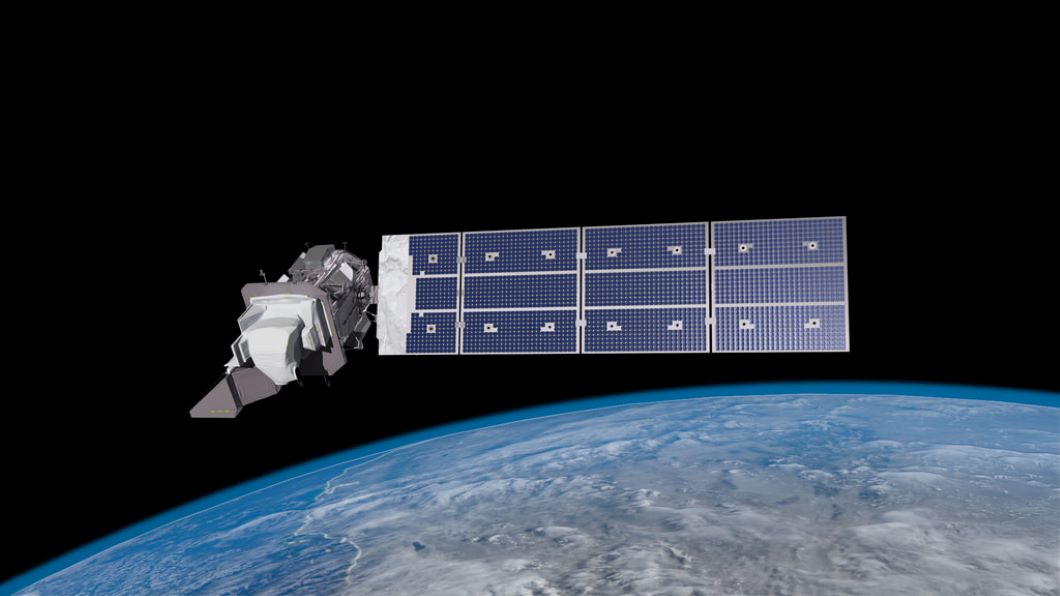
With pollutants like dust, bacteria and smoke mingling in your home, it’s no surprise that air purifiers are seen as an affordable solution to eradicating unwelcome pollutants. But how much do air purifiers help with dust, and why should you care?
You might be already be digging out the dirt on air purifiers because you’re tired of allergy flare-ups. After all, indoor air is two to five times more polluted than outdoor air, according to the U.S Environmental Protection Agency (EPA). Dr Clifford Bassett, allergist and immunologist, also says that small particles such as dust irritate your lungs and nasal passages, which may well trigger an allergic response in some people.
By filtering the offending particles in a single room, the best air purifiers should snap up pollutants such as dust. However, before you grab the first air purifier on the shelf, we’re going to be investigating exactly how effective they are. More specifically, how useful are they for people with allergies to dust and dust mites?
Do air purifiers help with dust?
Take a look at the fine print on any air purifier’s packaging, and you’ll see a fair number of promises. Some air purifier companies vow to eradicate up to 99.9995% of dust and viruses, while others brag about curing dust allergies for good. In reality, the science behind air purifiers is a little more complex.
While you might think that the root of your allergy problem lies with dust itself, it’s dust mites that are the instigators. Dr Jay Portnoy, an immunology professor who has produced guidelines for treating dust mite allergies, explains that these tiny creatures are almost the same size as most dust particles, and feed off dead human skin in carpets, furniture, and beds.
While air purifiers are effective at removing the majority of the offending air particles from a single room, they certainly don’t take away all the particles, and definitely not those that have burrowed down into walls, floors and furnishings, explains Dr Alana Biggers, the University of Illinois-Chicago’s assistant professor of medicine.
They also aren’t effective for those sensitive to dust mites because mites live in carpet and bedding.
How do air purifiers help with dust?
This calls into question, do air purifiers help with dust particles themselves? To start with, if you were to peel an air purifier apart you’d find something different inside depending on which type you’ve bought.
In theory, the fibers in a High Efficiency Particulate Air (HEPA) filter will filter out 99.97% of airborne particles at least 0.3 microns in size, according to the EPA. So, that covers your classic pollutants, including dust, pollen, mold, and bacteria – all of which are fine particles mostly under 2.5 microns, and the peskiest at sparking health problems.
“While a standard air purifier usually has a pre-filter and a HEPA filter to tackle these types of particles, other air purifiers might push air through an electrostatic filter or clamp down on chemicals and odors by absorbing and trapping them in a carbon filter,” says Bassett. These carbon-based filters are better geared to deal with particles and odors than things like dust and dander.
So, while air purifiers decked out with HEPA filters seem to have more luck filtering out dust from your home, it’s still necessary to take other actions to fight off dust. Without other dust-busting methods like proper ventilation and halting pollutants at their source, the EPA suggests that air purifiers are pretty powerless at lowering indoor air pollution levels – dust included.
Do air purifiers help with dust mites?
No one wants to share their home with unwanted intruders, and unfortunately, it’s not uncommon for dust mites to take a liking to your home. In fact, one survey found dust mites had holed up in 84% of beds in the United States. For those with a dust mite allergy, this poses a whole new scheme of problems, including sneezing and a stuffy or runny nose.
- See related: Do air purifiers help with allergies?
For many people, it’s the proteins in the dust mite droppings rather than the mites themselves that cause symptoms, according to scientists at the National Institute of Environmental Health Sciences. Once the dust mites have had a good gnash of your dead skin cells, the enzymes they use to break down the food come out the other end in small fecal pellets, which are incredibly potent allergens, according to Portnoy.
The droppings get caught up in ‘dust traps’ like carpets, rugs, blankets and curtains. So rather than relying on an air purifier, scientists say that the best way to get rid of dust mite droppings is to dry steam furniture and soft furnishings, vacuum carpets, and switch out your bedding for an allergen-proof alternative.
How will you know if air purifiers are helping with dust?
Once you’ve put your air purifier into action, it can be tricky to tell if anything’s happening. After all, we can’t actually see dust particles with the human eye. You can quantify how much your purifier is helping with dust by pausing before you make your purchase and note your symptoms. After purchasing an air purifier, do the same and compare notes.
The higher the clean air delivery rate (CADR), the more ground your air cleaner can cover, and the more effective it will be, according to the EPA. The CADR is based on the airflow rate and removal efficiency. This is how much clean air your device spits out in cubic feet per minute, so it’s important to buy the right size air purifier for the job.
Above all else, personal experience may be your best indicator of efficacy. You should notice that the sniffles and itchy noses that have been troubling you have started to improve. That would suggest there are fewer dust particles, dust mite droppings and other pollutants causing an allergic reaction. Check out our guide to the best air purifiers for allergies if you’re looking to breathe easier.

Katie is a freelance journalist, sub-editor, and web content writer who covers everything from hobbies to luxury travel and wellness. Throughout her freelance career, she has been a regular contributor to LiveScience’s sister site, Top Ten Reviews, and other publications. A content writer for a travel booking website and Assistant Editor for a luxury travel magazine, Katie is fascinated with the digital sphere and how it helps to inform and inspire people.
Note: This article have been indexed to our site. We do not claim legitimacy, ownership or copyright of any of the content above. To see the article at original source Click Here












